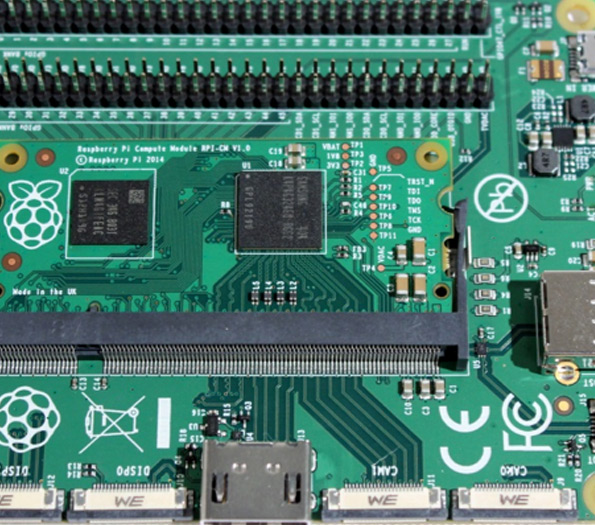

The Art and Function of Thin Mirror Glass
In today's rapidly evolving world, where aesthetics and functionality often intertwine, thin mirror glass stands out as a remarkable innovation. This versatile material is becoming increasingly popular in various industries, from interior design to automotive applications, thanks to its unique properties and advantages.
Thin mirror glass is characterized by its exceptionally lightweight and sleek profile, making it a favored choice for architects and designers. Unlike traditional bulky mirrors, which can be cumbersome and heavy, thin mirror glass offers an elegant solution that enhances the visual appeal of any space without overwhelming it. This property is particularly beneficial in residential and commercial interiors where maximizing space is crucial. By using thin mirror glass, designers can create the illusion of larger areas, allowing rooms to feel more open and inviting.
The manufacturing process of thin mirror glass has seen significant advancements in recent years. With cutting-edge techniques, manufacturers can produce high-quality mirrors that are not only lightweight but also remarkably durable. This robustness ensures that thin mirror glass can withstand the rigors of everyday use, making it a practical choice for a variety of settings. Furthermore, the reflective coating applied to the glass provides exceptional clarity, ensuring that the images reflected are sharp and true to life.

One of the most appealing features of thin mirror glass is its versatility. It can be fashioned into various shapes and sizes, making it suitable for an array of applications. In the world of fashion, thin mirror glass is used in wardrobe mirrors, cosmetics displays, and even in accessories. In the realm of automotive design, car manufacturers utilize it to create stylish and aerodynamic side mirrors that complement the sleek lines of modern vehicles. Moreover, in the world of art, thin mirror glass is often used by artists to create stunning installations that manipulate light and space, engaging viewers in unique ways.
Beyond its aesthetic contributions, thin mirror glass is also notable for its energy efficiency. Its reflective properties help in enhancing natural light while minimizing the need for artificial lighting. This can lead to reduced energy consumption, making it an eco-friendly choice for environmentally conscious consumers. Additionally, the lightweight nature of thin mirror glass means that less energy is required for transportation and installation, further contributing to its sustainable credentials.
As technology continues to advance, the future of thin mirror glass appears bright. Innovations such as smart mirrors—integrated with touchscreen technology and digital displays—are emerging, showcasing the material's potential in modern living spaces. These high-tech mirrors can provide information at a glance, such as weather updates or news feeds, all while maintaining the sleek look of traditional mirrors.
In conclusion, thin mirror glass is more than just a reflective surface; it is a testament to the marriage of art and science. Its lightweight, versatile, and energy-efficient qualities make it an attractive option for a multitude of applications, pushing the boundaries of design and functionality. As we continue to embrace new technologies and creative solutions, thin mirror glass will undoubtedly play a vital role in shaping our environments, enhancing our spaces, and reflecting our lives in innovative ways. Whether used in homes, vehicles, or artworks, it remains a pivotal element in the evolving landscape of design and architecture.